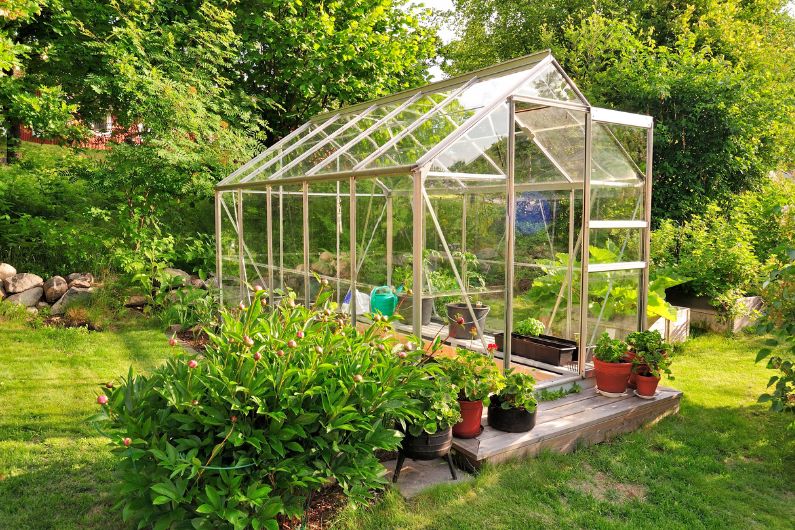Gardening and landscaping are common pastimes for mothers who enjoy improving their homes and cultivating a beautiful diorama of nature. If you yourself enjoy growing and caring for plants as a hobby, then you may be interested in installing a greenhouse on your property for year-round growing. While it’s easy to get ahead of yourself in your enthusiasm, allow us to share what you should know before starting your first greenhouse.
A Strong Foundation
Before you start building, you’ll want to survey your property to ensure you have a strong foundation for your greenhouse. Ideally, you want a place where the soil is compact and firm that won’t shift when the ground becomes wet and muddy. If your soil isn’t quite ideal, you’ll just need to invest in a more complex foundation that makes up for the soil’s shortcomings. You can try adding soil and compacting it manually to create a firmer base.
The Orientation of Your Greenhouse
One often-overlooked aspect you should know before starting your first greenhouse is the orientation of your greenhouse. Ideally, your greenhouse should be oriented so that it’s south-facing. This will allow your greenhouse to soak up as much natural light as possible, which is especially important during the winter season, when daylight is scarce.
Seeds, Seedlings, and Cuttings
Once you have your greenhouse and you’re deciding what to grow, you should start with seeds rather than seedlings or cuttings. This is a safety precaution, as there’s no chance of diseases or pests to be lurking on seeds the same way they may be on seedlings. Seeds are simply the safest option and will save you a lot of headaches an outbreak of disease or pests may cause.
Controlling Pests
Regarding pests, you’ll want to be proactive to prevent them from getting into your greenhouse. For instance, your air intake should have insect screens installed to prevent pests from entering your greenhouse’s ventilation system. If an infestation does occur, such as aphids, you can curb the infestation by releasing their natural predator into your greenhouse—the ladybug.



Connect With Me !